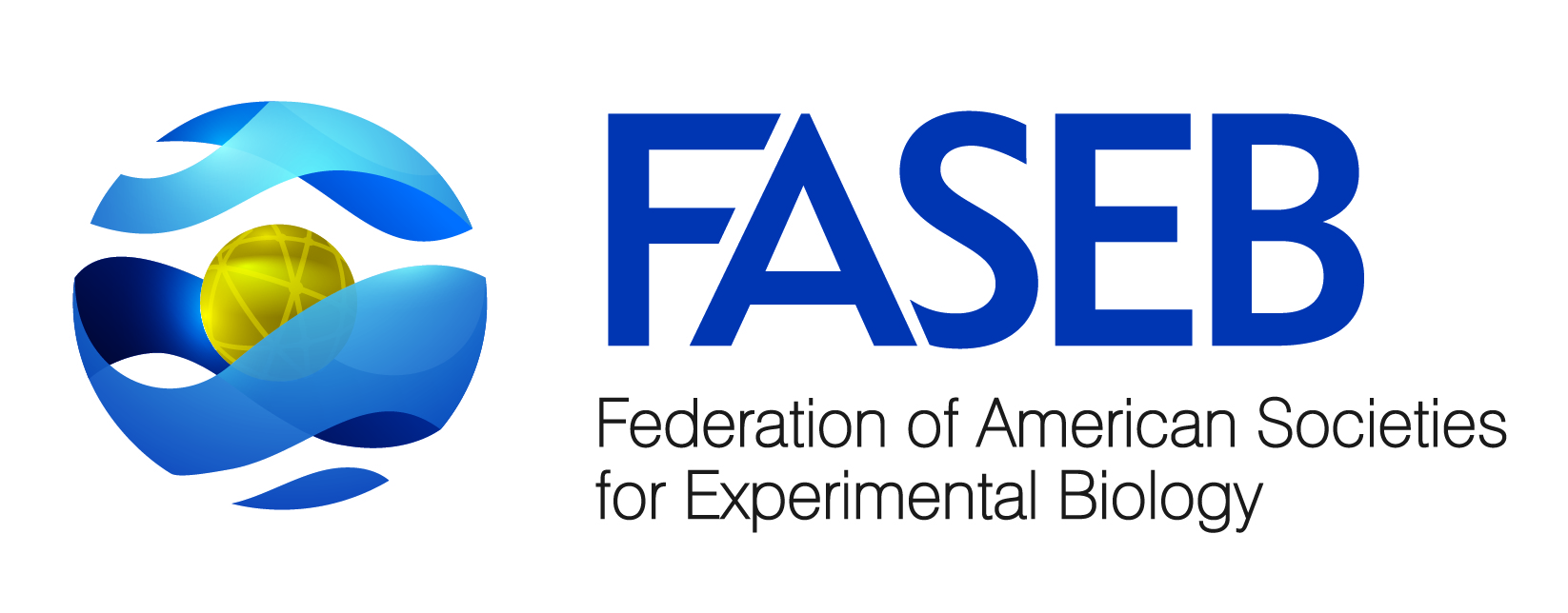Newswise — BETHESDA, MD. (March 25, 2015) – The newest gene editing tool - called CRISPR-Cas9 - is leading to new research possibilities in cell biology and neuroscience. This includes the ability to make transgenic animal models more quickly, which helps researchers better study diseases that affect thousands of people each year. Using CRISPR-Cas 9 technology, transgenic mouse models- which are models that contain DNA isolated from one organism transferred into a different organism- are created in a matter of three weeks versus six months. This means the study of gene mutations and potential therapies happens much more rapidly.
A leading researcher in this field of study is Feng Zhang, Ph.D., of the Broad Institute of Massachusetts Institute of Technology. Dr. Zhang is the 2015 recipient of the American Association of Anatomists (AAA) C.J. Herrick Award in Neuroanatomy for his work with the CRISPR-Cas9 genome manipulation technology. On Monday March 30th 2015, Dr. Zhang will lead a lecture, “Development and Applications of CRISPR-Cas9 for Genome Manipulations,” at the AAA annual meeting at Experimental Biology 2015.
“One of my long-term goals is to develop CRISPR-Cas9 as a therapeutic strategy, and to do that, we must first concentrate on deploying and refining the technique in vivo. This will help us create better models of disease, identify mechanisms and causal mutations, and make definitive diagnoses,” said Dr. Zhang.
Dr. Zhang’s talk will focus on the latest developments in CRISPR-Cas9 technology, including applications to study gene function in vivo as well as high throughput screening assays to help speed the level of development is basic science trials. Dr. Zhang’s plans to use this technology to study disorders such as Huntington’s disease, autism and schizophrenia.
Dr. Zhang will present the findings during the AAA annual meeting at Experimental Biology 2015 meeting on Monday, March 30 from 5:30 – 6:15 p.m. at the Neurobiology Award Hybrid Symposia in room 104AB, Boston Convention and Exhibition Center.
###
About the American Association of Anatomists (AAA)AAA is the professional home for an international community of biomedical researchers and educators focusing on anatomical form and function. Founded in 1888, the society advances the three-dimensional understanding of structure as it relates to development and function, from molecule to organism. www.anatomy.org
About Experimental Biology 2015Experimental Biology is an annual meeting comprised of more than 14,000 scientists and exhibitors from six sponsoring societies and multiple guest societies. With a mission to share the newest scientific concepts and research findings shaping clinical advances, the meeting offers an unparalleled opportunity for exchange among scientists from across the United States and the world who represent dozens of scientific areas, from laboratory to translational to clinical research. www.experimentalbiology.org
###
MEDIA CONTACTElizabeth SasCommunications and Marketing Manager301-634-7906 [email protected]
ONSITE NEWSROOMBoston Convention and Exhibition CenterMarch 28 – April 1, 2015Phone: 617-954-3969
